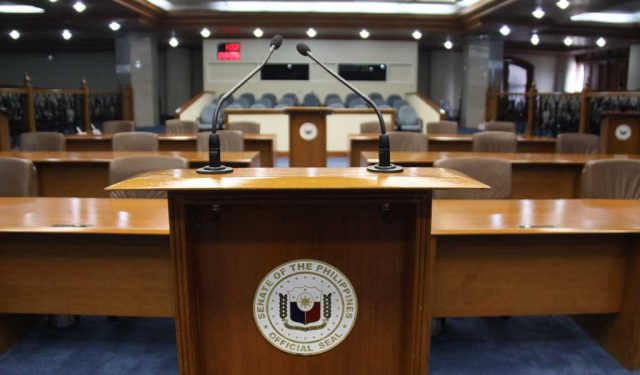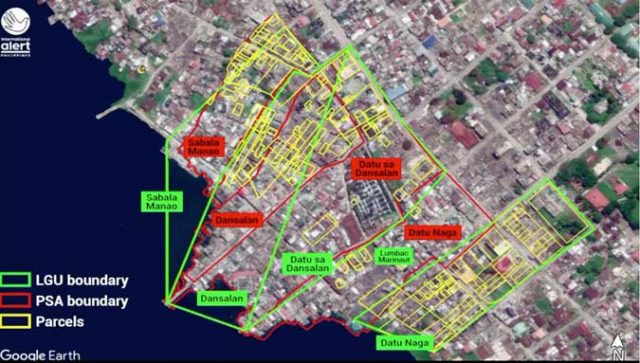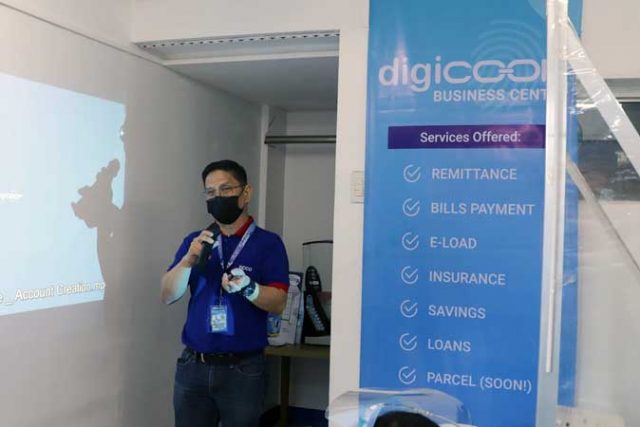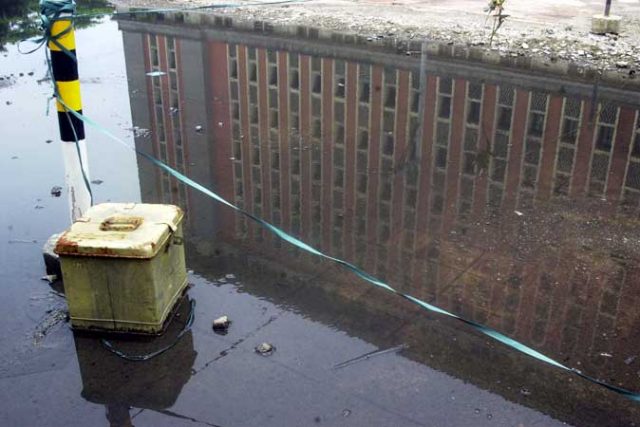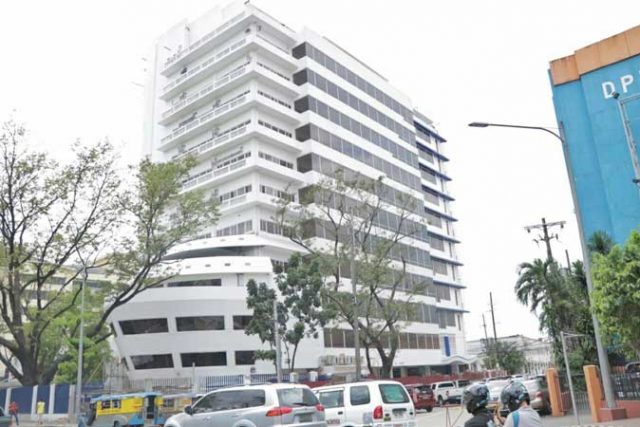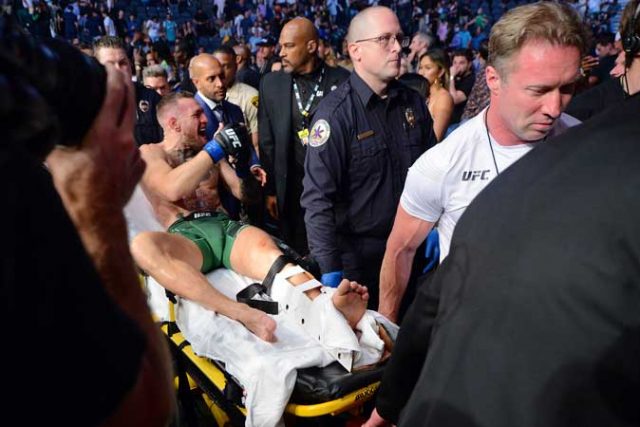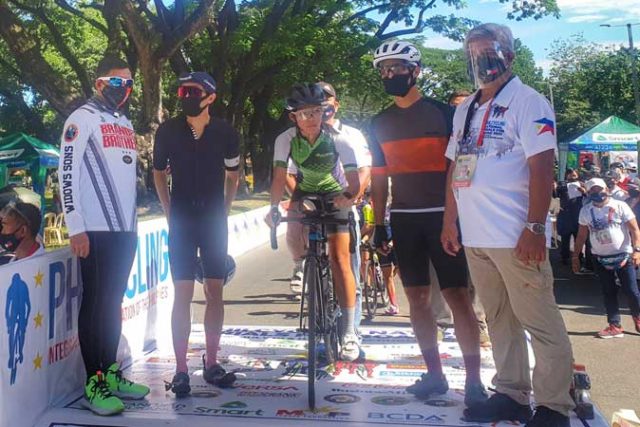Filipino traders are in crisis due to the global shortage of cargo vessels and container vans. The shortage has caused inbound and outbound freight costs to increase by as much as five times the normal rate. Exacerbating matters is that shipping delays have become more the norm rather than the exception.
Philippine Exporters Confederation, Inc. (Philexport) President Sergio R. Ortiz-Luis, Jr. declared that the scarcity of container and vessel space has become a “serious” problem that requires immediate solutions. Its implications are severe and far reaching. As a result of the shortage, our exporters of electronics, furniture, garments, and other manufactures are unable to meet their delivery schedules. This, in turn, has caused their customers to withhold payments, triggering cashflow problems across the board. Meanwhile, exporters of perishable goods like fresh mangoes and bananas must contend with rotting inventories due their inability to leave the ports on time.
Importers are facing challenges too. Those who depend on imported components in their manufacturing process face production delays and high import costs. In the same vein, institutional retailers like supermarkets and department stores are unable to replenish their inventories of imported goods. All these translate to a scarcity of goods and sharp price increases for the Filipino consumer.
Unfortunately, the Philippines is helpless amid this global shortage of cargo vessels since we do not have our own international shipping line. We operate at the mercy of foreign shippers and must accept their pricing schemes, slew of auxiliary fees and charges (which they unilaterally dictate), and shipping schedules.
Then irony is that Philippine laws discourage Philippine registered vessels from plying international routes, not incentivize them.
The Maritime Industry Authority (MARINA), an agency under the Department of Transportation, has the power to allow local shipping lines to service foreign ports. The problem is, Philippine maritime laws are so antiquated that MARINA only registers local shipping lines as either engaged in domestic trade or international trade, never both. This is stated in MARINA memorandum circular no. OS-2019-02. There are even separate administrative entities within MARINA to manage domestic and international shipping.
Shipping lines registered for international trade must conform to Philippine cabotage laws. As such, they are prohibited from calling on Philippine ports unless it is an onwards shipment from a foreign destination (the principle of which is similar to airline code sharing arrangements). Other than that, domestic cargo is exclusively reserved for domestic shipping lines.
The prospect of violating cabotage laws is the reason why MARINA does not allow local shipping lines to serve international destinations and concurrently be allowed to call on Philippine ports. The law is counter-productive in that prevents our local shipping companies from expanding internationally.
The other reason is the fear that local shipping lines may purchase fuel abroad (where it could cost half the price) and deprive the Philippine government of tax revenues. This myopic view and miserly attitude have, in effect, stunted the development of our shipping industry.
While other countries offer incentives for their local shipping lines to ply international routes, Philippine laws discourage them. This has caused foreign shipping lines to have a monopoly over Philippine foreign trade. As a consequence, importers are abused by having to pay scandalous destination charges while exporters are made to pay stiff freight charges for their shipments abroad.
The good news is that MARINA is showing some flexibility in light of the cargo vessels shortage we are facing. In a (draft) memorandum dated June 9, 2021 (no memorandum number yet), MARINA has softened its stance and is now open to grant permission to certain local shipping lines to ply international routes, provided they apply for it first. The memorandum outlines the governing terms and conditions.
MARINA’s intentions are good, but the last thing we need is to render the plan unfeasible by over-regulating it. Similarly, MARINA should make it easy for shipping lines to invest in international routes by not subjecting them to bureaucratic red tape.
As MARINA finalizes its plan, it will do well for them to appreciate the conditions that matter most to shipping lines. Hopefully, the final version of the memorandum will embody win-win conditions for all.
First, the coverage of routes should not be confined to Brunei, Indonesia, and Malaysia, as once proposed, but Inter-Asian trade, including our most important trading partners (e.g., Vietnam, Thailand, Singapore, and China). This is the only way MARINA can achieve it purpose of alleviating the cargo vessel shortage.
Second, the privilege to ply inter-Asian routes should be made a part of the regular service of local shipping lines for at least five years, not a one-off or one year privilege. To require a shipping line to go through the tedious process of securing a new permit each time it deploys its vessels internationally (or even on a yearly basis) puts undue burden on both the shipping line and MARINA. It is red tape that we all can do without. More importantly, Philippine registered ships that are allowed to go international must not lose their Philippine cabotage privileges. In other words, they must be authorized to cover domestic and international lanes concurrently.
Third, MARINA should not require local shipping lines that go international to be manned by 100% Filipinos crew. Due consideration must be given to the fact that vessels call on multiple ports in multiple countries for which the crew are rotated. There may be instances when there are no available Filipino mates, engineers, or pursers at a particular time and/or port. Thus, it is more practical to require shipping lines to have majority Filipino crew, but always under the operational control of a Filipino owner and its designated operator.
Fourth, since the financial investment to acquire vessels and a brigade of containers vans is massive, it may be more cost efficient to lease, rather than buy. Thus, local shipping lines should be authorized to bareboat charter foreign vessels for the duration of its permit. It should also be allowed to lease containers from the most cost-efficient source.
MARINA is on the right track by opening the door for local shipping lines to go international. Hopefully, this will lead to the development of an honest to goodness international shipping line that bears the Philippine flag. With this, we can finally break free from our dependence on foreign shipping lines.
Andrew J. Masigan is an economist
andrew_rs6@yahoo.com
Facebook@AndrewJ. Masigan
Twitter @aj_masigan

